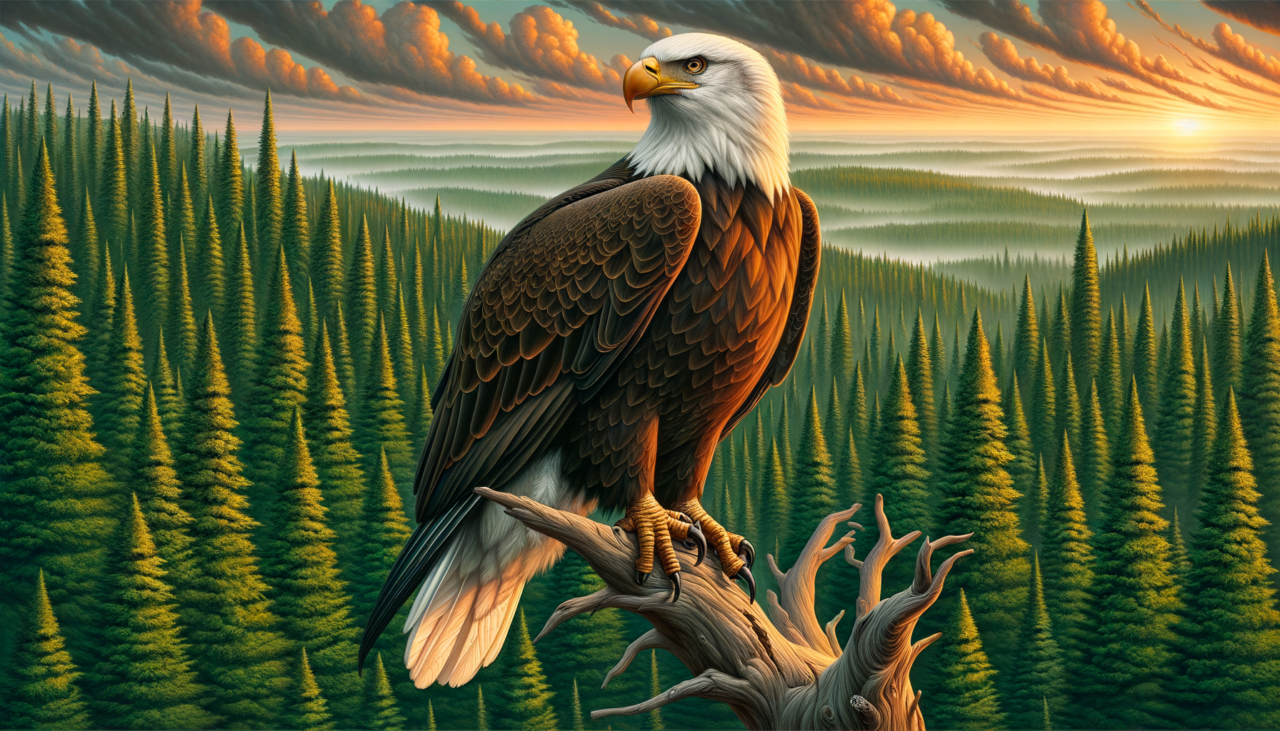Ah, the Bald Eagle, a majestic creature that soars through the skies with an elegance that has earned it a revered spot as a symbol of freedom and strength. Did you know that these birds are not actually bald? The name “bald” comes from an old English term “balde,” meaning white, referring to their striking white heads. Now, let’s dive into the weighty matter at hand.
The Answer:
A Bald Eagle typically weighs between 6.6 to 14 pounds (3 to 6.3 kilograms), with females generally larger than males. This might seem surprisingly light given their impressive wingspan of up to 7.5 feet. However, like many raptors, they are built for flight, with hollow bones that keep them light and agile. Imagine a bird of that size crashing through the trees due to excess weight! Nature, with its impeccable design, ensures these eagles are the perfect balance of power and grace.
A Brief History of the Bald Eagle and Why Its Weight Matters:
The Bald Eagle has been a symbol of the United States since 1782, chosen for its long life, majestic looks, and great strength. But beyond its symbolic importance, understanding the weight of these raptors can provide crucial insights into their health and ecology. For example, a significant deviation from the typical weight range can indicate underlying issues such as malnutrition or disease.
Weighing a Bald Eagle is no small feat. It requires expertise and care, often performed by wildlife biologists during routine health checks or conservation efforts. I recall an encounter with a wildlife biologist who compared weighing a Bald Eagle to holding a small, feathery dragon. The experience, they said, was both humbling and awe-inspiring—much like witnessing an eagle snatch a fish from a lake with pinpoint precision.
Knowing the weight of a Bald Eagle is essential for conservation efforts. It helps track their health, breeding success, and habitat conditions, which is critical given their once-endangered status. These majestic birds remind us of the delicate balance within nature and our role in preserving it.
In conclusion, the Bald Eagle, with its formidable presence and surprisingly modest weight, continues to capture the hearts and imaginations of many. As you ponder the weight of these magnificent birds, take a moment to appreciate the intricate harmony of nature that allows such creatures to thrive. And perhaps, like me, you’ll find a renewed appreciation for the skies they so effortlessly command.

Comments (0)
There are no comments here yet, you can be the first!